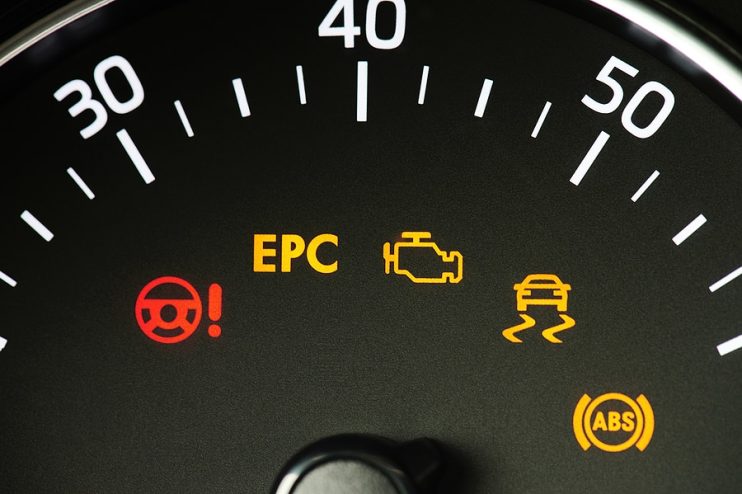
You’re driving down the road, doing a good pace. Suddenly you change gear or put your foot down on the accelerator and the car doesn’t respond quite as expected. It’s now stuck in second gear. You can’t get any more than around 2,500 rpm out of the engine, and you’re crawling along the road. What just happened?
Your car has entered limp mode. There’s some kind of issue within the engine or transmission and your car wants to protect the workings from further damage. This engine setting prevents you from using its maximum potential so that the parts are not overly stressed.
Hopefully limp mode is something you won’t ever have to experience in your life – but with a little more knowledge (which you’ll get from this article) – it will be less challenging, and you’ll be armed with all the facts necessary to take the right course of action.
Table of contents:
- What is Limp Mode?
- Limp Mode: Performance Reduction
- Most Common Causes of Limp Mode
- Resolving Limp Mode
- A Final Word
What is Limp Mode?
Limp mode protects your car. If there’s a problem with the engine or transmission, which in turn triggers a signal to the powertrain or engine control unit, then the car will enter limp mode.
Limp mode usually reduces the engine power, locks the car in a deliberately low gear to limit the RPM, ensuring that the car can get to a service centre, whilst minimising the potential damage to the engine.
Do not ignore limp mode. It’s a serious sign that there could be something very wrong with the engine, and chancing your arm could lead to a catastrophic failure. Save situations where a human life is at risk, go directly to your chosen mechanic or service centre to have the problem resolved.
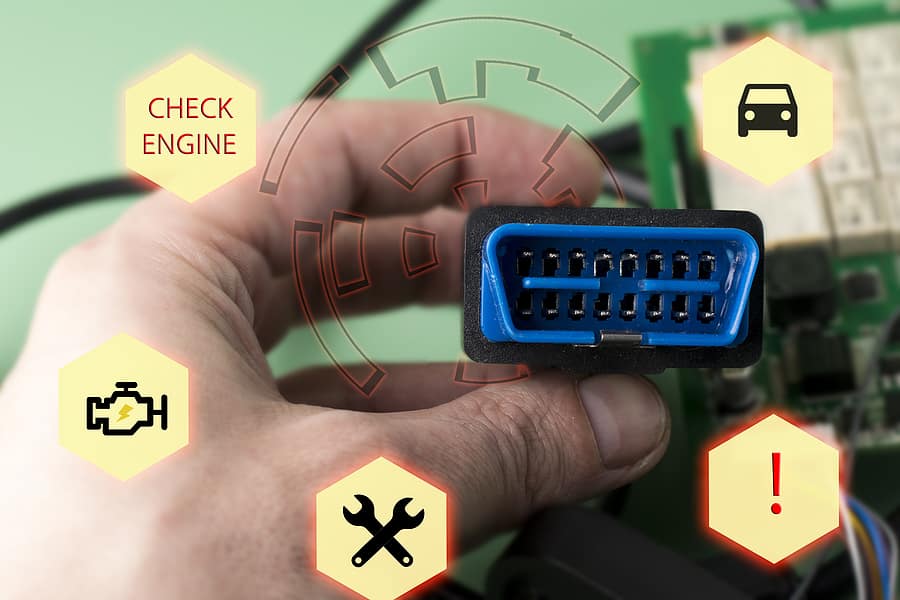
Limp Mode: Performance Reduction
Regardless of the make or model of your car, there are many characteristics of limp mode that you’ll see in all cars. The most common are as follows:
- Power limitations – in most cases the car will not shift out of second gear, RPM will be capped around 3,000 RPM, and you’ll find that the speed is also limit to no greater than 45 MPH. You may find that this means you have to take the first available exit if you are on a motorway.
- On road issues – because of the reduced engine power the car may start juddering. Acceleration will also be slow and sluggish.
- Check engine light – will usually ignite on the dashboard, informing you that the control units in the engine have registered a problem. Depending on the specification of your vehicle, it may even blink intermittently to indicate the vehicle is in limp mode.
Most Common Causes of Limp Mode
Whilst there are hundreds of issues within the engine that could activate limp mode, these problems top the list of usual culprits:
Low Fluid Levels
Don’t keep your engine fluids topped up regularly? Failure to keep the car at the required levels could be a key factor in the activation of limp mode. Lower pressures within the fluid system could cause the transmission to suffer from damage, which will stop it functioning normally. As soon as the control unit detects a drop in performance from the part, it will initiate limp mode.
Failed Clutch or Transmission
If your clutch or transmission has suffered from knocks that could upset the linkage or damage the solenoid, then this could put your car into limp mode. Linkage can sometimes become loose due to high vibrations within the engine, which prevents the car from going into the right gear, sending a fault to the control unit. If the solenoid (switch) within the starting circuit is damaged then this can also cause the car to enter limp mode.
Faulty Wiring
There are plenty of factors that can damage your car’s wiring, including water, battery acid, heat, and even impact damage from accidents or harsh driving conditions. Wires are the nervous system of your car, sending signals to the control units, which act like the brain. If the wires start sending faulty information, then the control unit will identify this as an issue, and will activate limp mode to protect your engine and transmission.
Sensor Malfunction
And at the end of many wires within the car sits an array of sensors. Speed sensors, the MAF, MPS and TPS; to name just a few of the essential monitors within your engine. All of these send signals to the control units, so as with faulty wiring, if one of these monitoring units is not functioning correctly, then it could send a message that causes the car to enter limp mode.
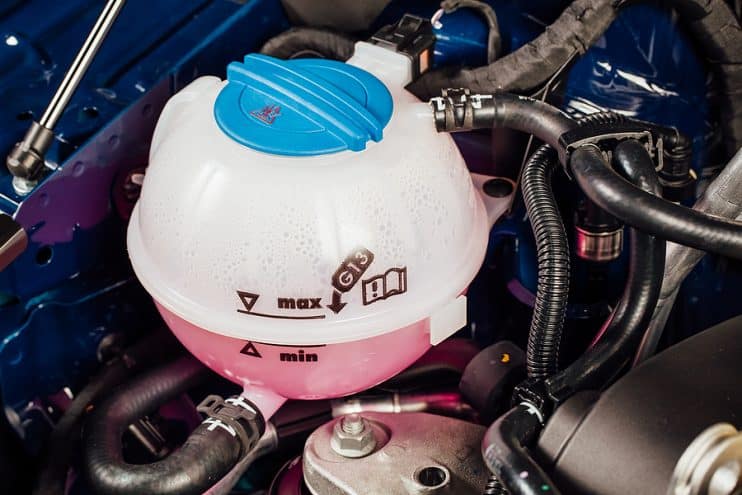
Resolving Limp Mode
Want to get out of limp mode and back on the road with a fully functioning car ASAP? Then these simple fixes could be the answer:
- Top up your fluids – if the problem is in the transmission, then increasing the pressure in the fluid system could restore the system to full working order. Dirty oil or low oil levels could also be a contributing factor, so check and refill your oil and restart your car to see if this has fixed limp mode.
- Clear the check engine light – did you know you can effectively reset the car’s control system? It’s easy to do. Simply turn the car off and wait for the engine to cool down. Disconnect both cables from the car battery for a good 15 to 30 seconds, effectively discharging the engine. This should cause the computer to lose charge and forget any stored codes. You can achieve the same outcome with an engine scanner, which is easier, safer, and faster.
- Turn off the engine – sometimes simply turning off the engine and giving the car a chance to rest will fix the limp mode issues. You can use this time to discharge the engine or check the oil levels – as mentioned above.
A Final Word
Whilst trying to identify the cause behind your vehicle entering limp mode can be frustrating, time consuming and expensive – there’s a good reason why it has happened – and that’s protecting the transmission and engine. Ignoring limp mode could not only leave you with a huge repair bill for a replacement engine, but in the worst case scenario it could even leave your vehicle beyond viable financial repair.
If you’re unable to find the cause of the problem when out on the road, consider calling a breakdown truck to come and assist you before any potentially serious engine or transmission damage occurs – saving you an expensive repair bill.
Limp mode is a sign. Take it on the chin and get to the mechanics or service centre of your choice immediately. With a little luck it could just be a simple error in the engine’s control system, but if it’s something worse that could lead to knock on damage within your car, you’ll be glad you took immediate action.



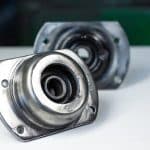

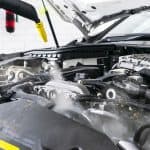

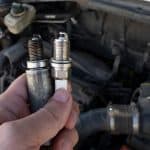
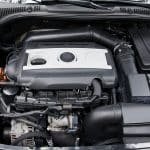
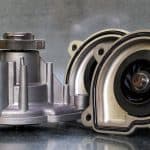


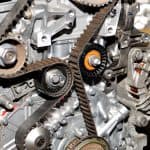
.png)